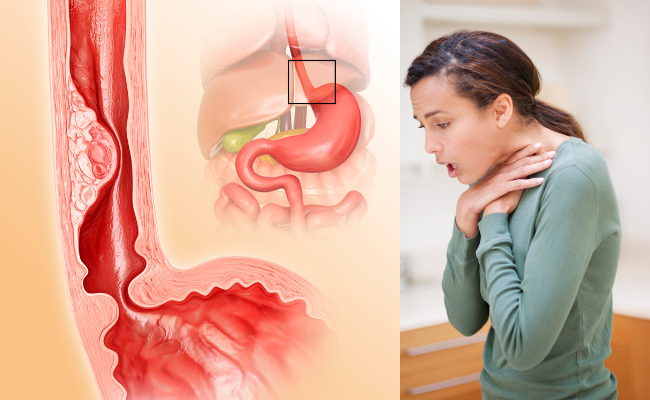How to Treat Edwards Syndrome?
- October 05, 2023
- No Comments
What is Edwards Syndrome?
Edwards syndrome, or Trisomy 18, results from an additional copy of chromosome 18, causing developmental abnormalities and various health issues. It's a rare genetic disorder presenting severe medical challenges, leading to delayed physical growth in fetal development. The life expectancy for those diagnosed with Edwards syndrome is typically short due to life-threatening complications. Survivors beyond the first year may face profound intellectual challenges.
Why is Edwards Syndrome Treated?
Treatment for Edwards syndrome is primarily focused on managing the symptoms and providing supportive care. Unfortunately, Edwards syndrome is associated with significant developmental and medical complications, and the condition is often incompatible with long-term survival. Therefore, treatment approaches aim to enhance the quality of life for affected individuals during the time they are alive.
How is Edwards Syndrome Treated?
- Supportive Care: Edwards syndrome often involves severe intellectual and physical disabilities. Supportive care measures, such as physical and occupational therapy, can help improve the quality of life for individuals with this syndrome.
- Medical Interventions: Depending on the severity of health issues associated with Edwards syndrome, medical interventions may be necessary. This can include surgeries to address specific congenital abnormalities or to alleviate complications.
- Feeding and Respiratory Support: Individuals with Edwards syndrome may struggle with feeding and respiratory issues. Nutritional support, such as feeding tubes, and respiratory assistance can be provided to ensure their well-being.
- Palliative Care: Given the severity of Edwards syndrome and its impact on health, palliative care plays a crucial role. This type of care focuses on improving the quality of life for both the individual and their family by managing pain and providing emotional support.
Treatment Solutions for Edwards Syndrome:
- Multidisciplinary Care: Edwards syndrome often requires a multidisciplinary approach involving healthcare professionals from various fields, including genetics, pediatrics, neurology, and palliative care. This collaboration ensures comprehensive and holistic care.
- Family Support: Families of individuals with Edwards syndrome benefit from emotional and psychological support. Counseling and support groups can help them navigate the challenges associated with the condition.
- Education and Advocacy: Healthcare professionals play a crucial role in educating families about Edwards syndrome, its prognosis, and available support services. Advocacy efforts can raise awareness and promote understanding within the broader community.
Benefits of Treating Edwards Syndrome:
- Enhanced Quality of Life: While there is no cure for Edwards syndrome, treatment measures focus on enhancing the quality of life for affected individuals. Supportive care and interventions aim to address specific needs and challenges.
- Family Empowerment: Providing families with information, support, and resources empowers them to make informed decisions about the care of their loved ones with Edwards syndrome. This support contributes to a more positive caregiving experience.
- Palliative Comfort: Palliative care ensures that individuals with Edwards syndrome receive comfort-oriented care, focusing on pain management and emotional support. This approach can make a significant difference in their overall well-being.
- Community Understanding: Educating the community about Edwards syndrome fosters understanding and compassion. Increased awareness can reduce stigma and enhance support for affected families.







.jpg)

.jpg)

Comments (0)
No comments yet